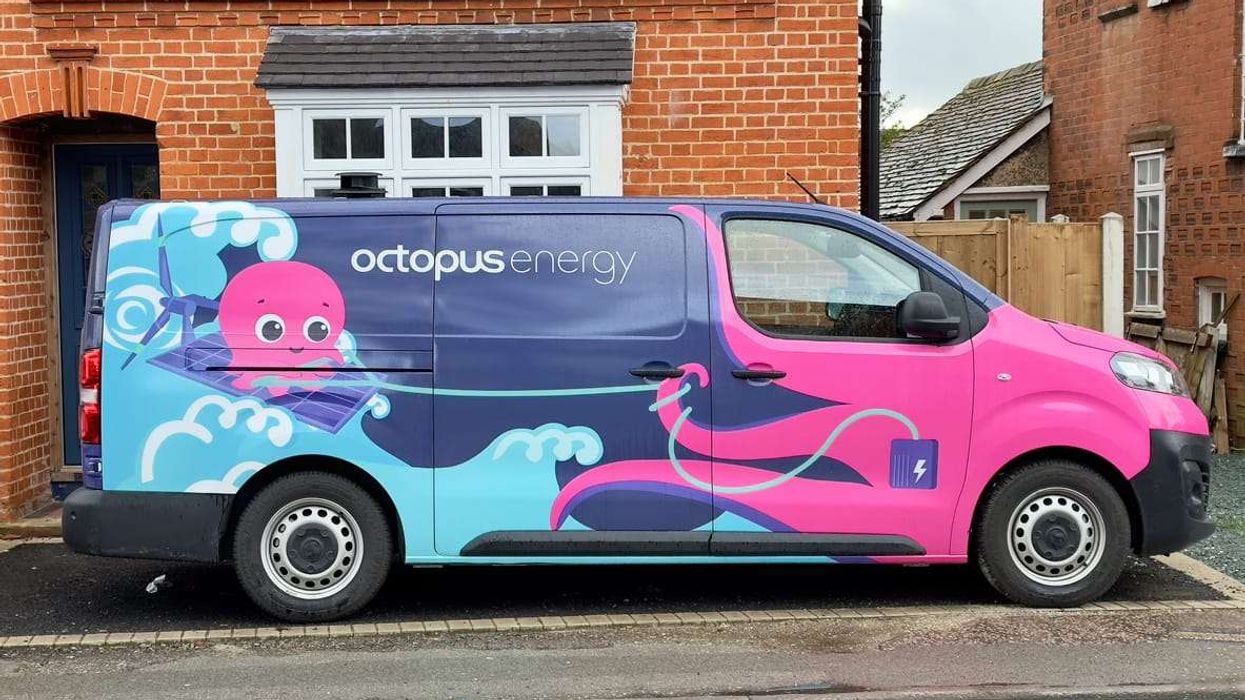The process to elect the Catholic Church’s next leader formally begins on Wednesday evening, as 133 cardinal electors gather in the Sistine Chapel to choose the 267th pope. This ancient and secretive tradition, known as the papal conclave, is taking place following the funeral of Pope Francis.
The day’s events will start at 10:00 local time (09:00 BST) with a televised mass held in St Peter’s Basilica. The mass will be led by Cardinal Giovanni Battista Re, the 91-year-old Dean of the College of Cardinals, who also presided over the funeral of the late Pope Francis.
By early afternoon, Vatican officials will deactivate mobile phone signals within the territory to prevent any form of communication between those inside the conclave and the outside world. This is part of strict protocols designed to ensure confidentiality during the election process.
At approximately 16:15 (15:15 BST), the 133 cardinal electors will gather in the Pauline Chapel before making a formal procession to the Sistine Chapel. Accompanied by chants of the Litany of Saints and the hymn Veni Creator Spiritus, the procession is both ceremonial and spiritual, invoking the guidance of the Holy Spirit in the decision-making process.
Upon reaching the Sistine Chapel, the cardinals will each place one hand on a copy of the Gospels and take a solemn oath of secrecy. This oath commits them to absolute confidentiality, barring them from disclosing any details of the election process either during or after the conclave.
Once all oaths have been taken, a brief meditation will be conducted to allow the cardinals time for reflection before voting begins. The Master of Pontifical Liturgical Celebrations, Monsignor Diego Ravelli, will then pronounce the words “Extra Omnes” (Latin for “everyone out”), at which point all non-essential personnel will leave the chapel. Only a small number of ecclesiastical staff are permitted to remain, and even they must depart during the counting of the votes.
This moment signifies the start of the conclave in its traditional sense. Although the cardinals are no longer physically locked inside the chapel as in past centuries, Vatican officials sealed off entrances to the Apostolic Palace—including those to the Sistine Chapel—on Tuesday using lead seals. Swiss Guards will remain stationed at all entry points to ensure complete isolation throughout the proceedings.
Monsignor Ravelli will distribute ballot papers shortly after the doors are closed. While nothing in Church law prevents a pope from being elected in the first round of voting, such an outcome has not occurred in centuries. According to Church historian and commentator Austen Ivereigh, the first ballot typically yields scattered results, which helps to identify candidates with significant initial support.
“The cardinals who receive more than 20 votes in the first round will be seen as serious contenders,” said Ivereigh. “Subsequent votes will show who is gaining momentum. It’s almost like a political campaign, though the aim is not competition but consensus.”
If no candidate receives the two-thirds majority required to be elected pope, the cardinals will return to Casa Santa Marta, the Vatican guesthouse where they are staying, for dinner. These informal moments outside the Sistine Chapel often provide space for additional conversations and coalition-building among electors.
Italian media reports suggest the cardinals will be served light meals similar to those offered to regular guests of the residence, including wine but no spirits. All staff working within the guesthouse, including kitchen and waiting staff, are sworn to secrecy and may not leave the premises until the conclave concludes.
From Thursday morning, cardinals will have breakfast between 06:30 and 07:30 (05:30–06:30 BST), followed by a morning mass at 08:15 (07:15 BST). Two rounds of voting will then take place, one before and one after lunch, with time allocated for rest in the afternoon. According to Pope Francis’ own memoirs, it was during this period of informal reflection that he began to sense he had significant support from fellow cardinals during the 2013 conclave.
Traditionally, the voting process tends to conclude quickly once a clear frontrunner emerges. The last two papal conclaves were completed by the end of the second day. However, the duration of this conclave remains uncertain. A prolonged process could signal deeper divisions or disagreements among the electors.
Throughout the conclave, thousands of faithful Catholics will gather in St Peter’s Square, watching the chimney above the Sistine Chapel for a signal. Black smoke, created by burning the ballots with a chemical additive, indicates no pope has been chosen. White smoke, however, will signal the successful election of a new pontiff.
The moment white smoke appears, bells at St Peter’s Basilica will ring to confirm the election. Shortly thereafter, the new pope will be introduced to the world from the balcony overlooking the square with the traditional announcement: “Habemus Papam”—“We have a pope.”
Until then, the Church remains in a state of sede vacante, a period without a reigning pontiff. As the cardinals deliberate in prayer and secrecy, the global Catholic community awaits the name of the leader who will shape the Church’s path in the years ahead.


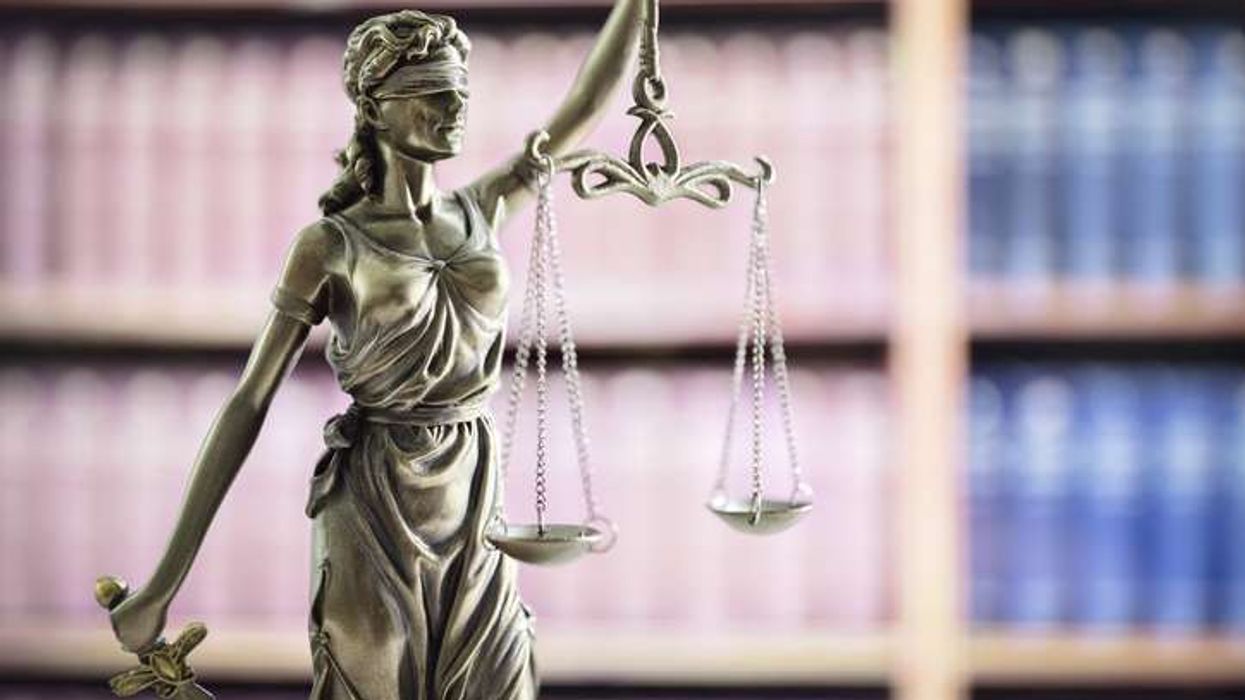
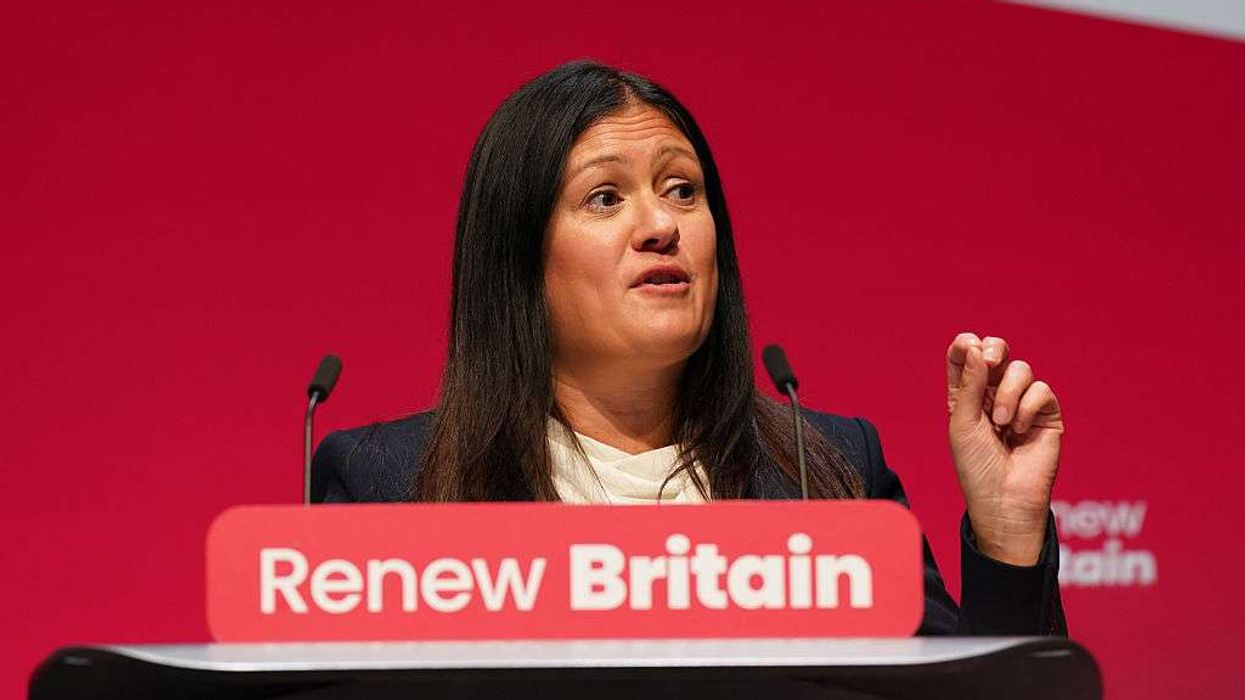
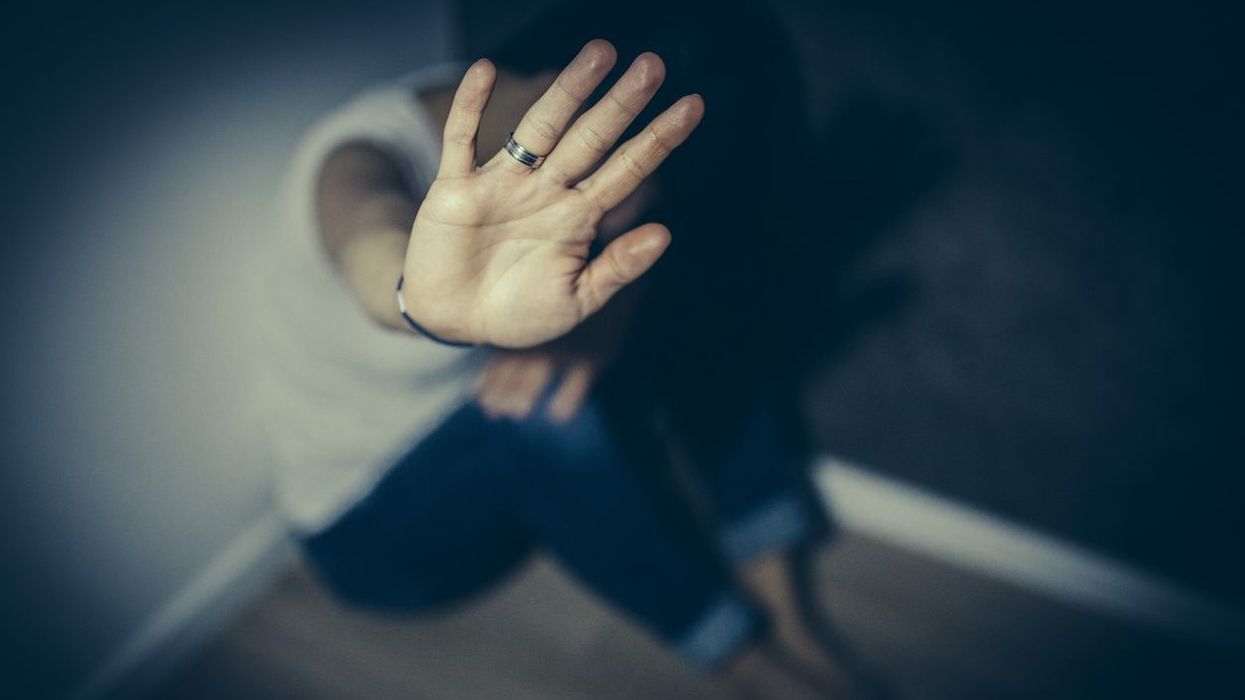
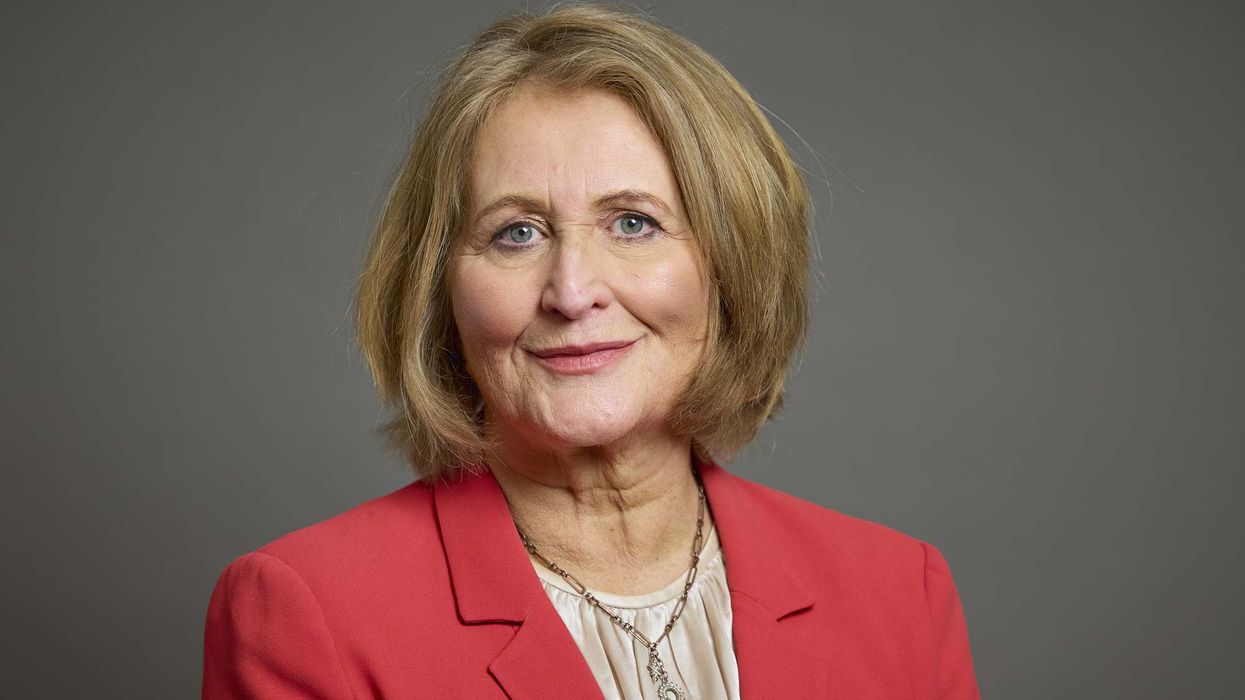
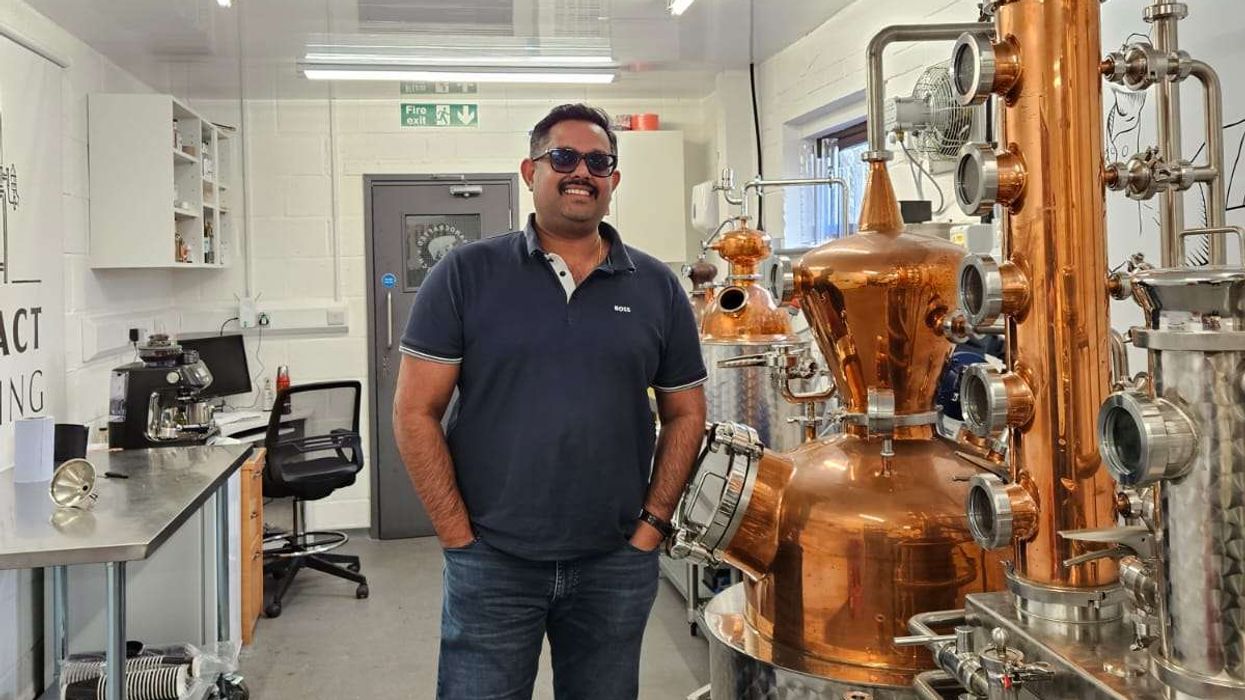
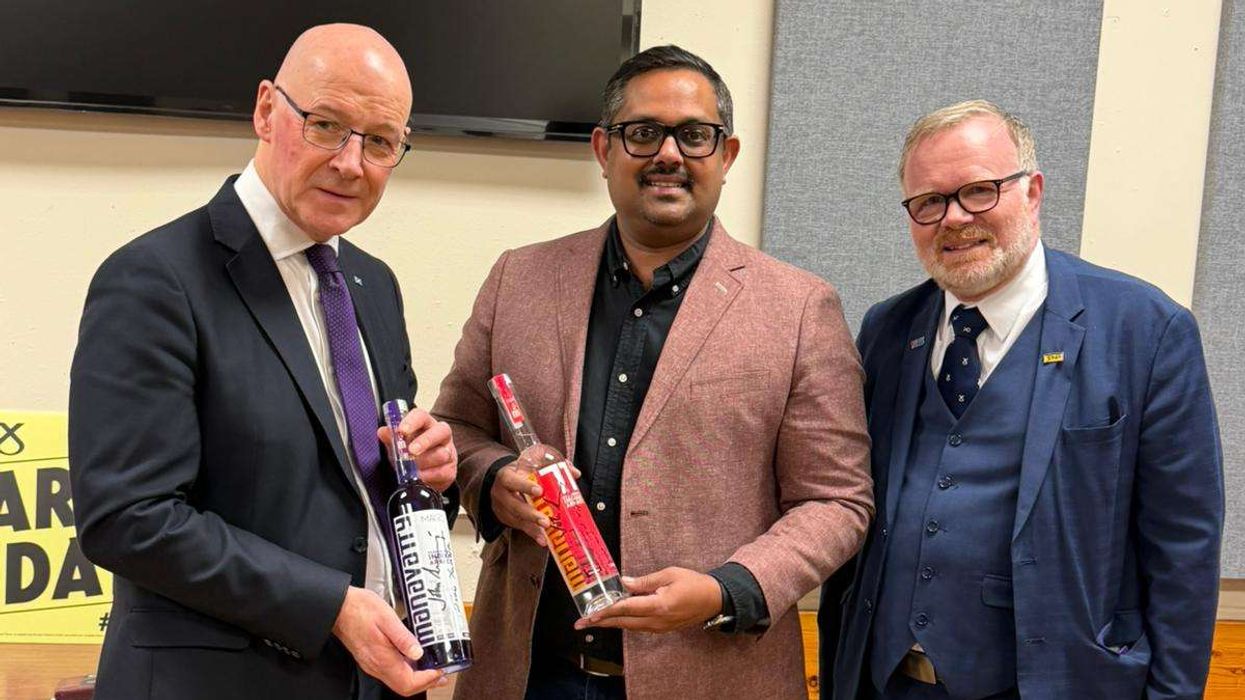 Manavatty was selected for SNP's traditional fundraising auctionJohn Xavier
Manavatty was selected for SNP's traditional fundraising auctionJohn Xavier 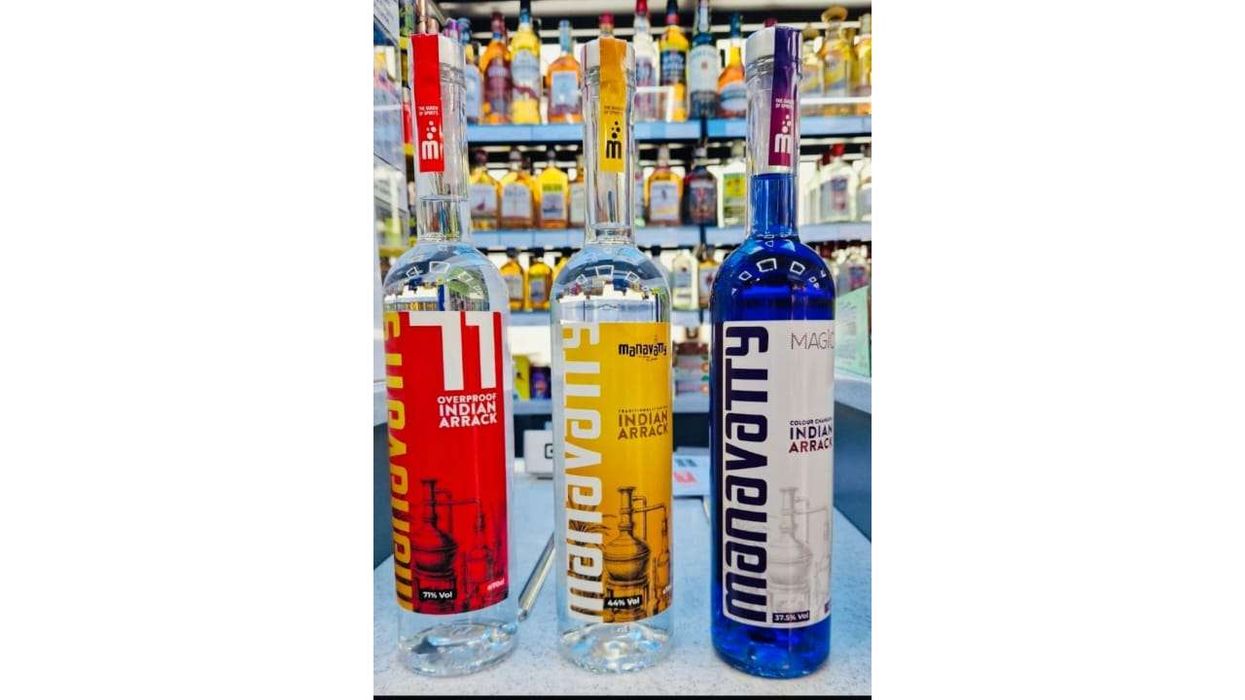 Manavatty 71 is the flagship a tribute to traditionJohn Xavier
Manavatty 71 is the flagship a tribute to traditionJohn Xavier 




